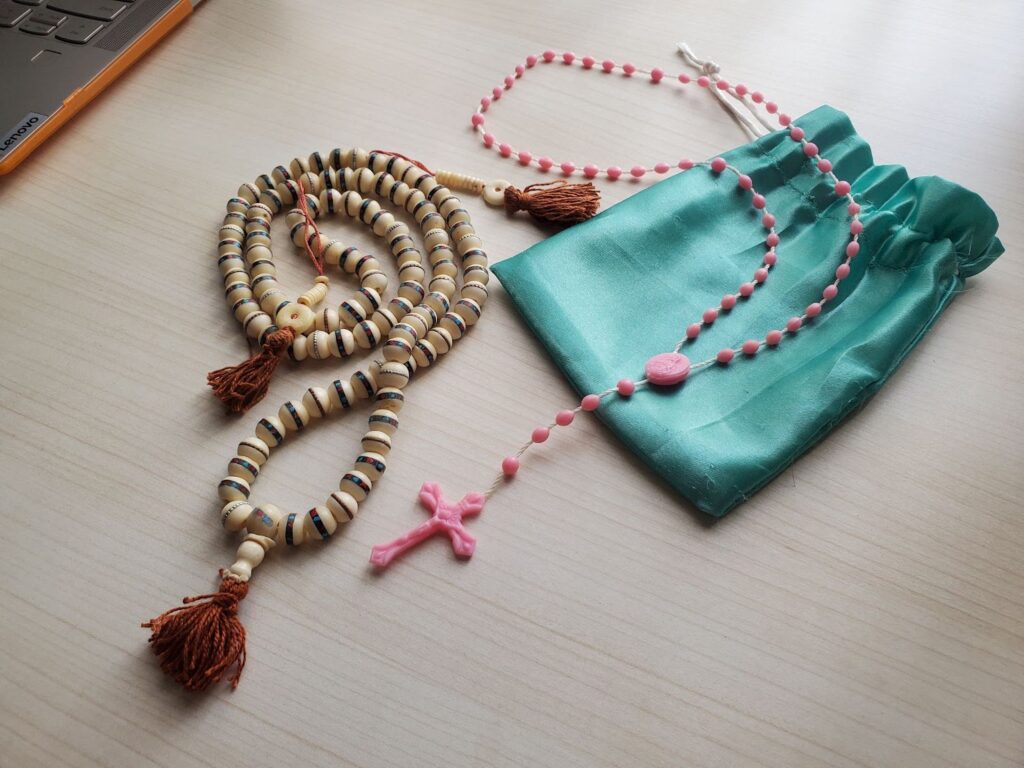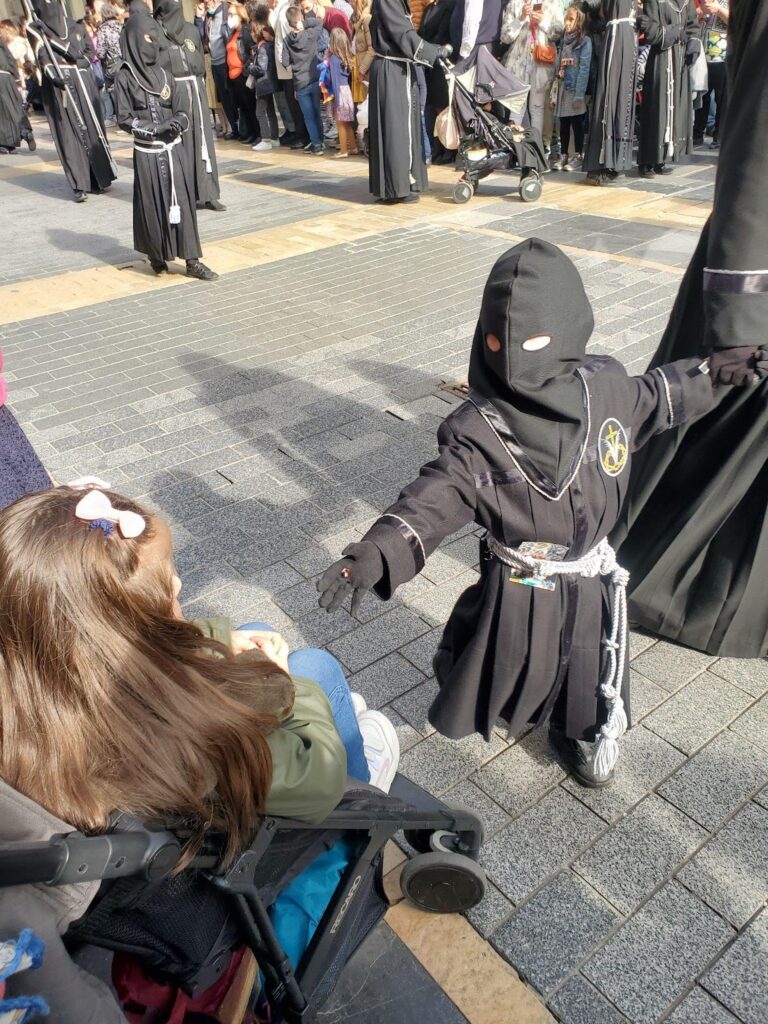Essay ahd photos by Kayla Pezolano
LEÓN, Spain– When I first arrived in León and began to travel around the presence of the Catholic Church was intimidating. Being raised in a traditional American Catholic family I had my own reservations as I no longer practice the religion, although I tried to withhold my bias while touring the city and visiting historical sites, such as the Catedral de León and the Plaza de San Isidoro–all in the midst of one of the most important times of the year, Semana Santa, the Holy Week, or as Americans would call it, the week before Easter. I soon learned this holiday is quite different in Spain compared to how it is celebrated in the United States.
During this week, statues from the church are brought out and carried in processions around town. This tradition dates back to the 15th Century in Italy, and after the Black Death was seen as punishment for sins, processions were more wildey adopted across Europe as a sign of repentance. Religion is very ingrained in Spanish culture, and before touring historical sites I forgot how well I knew the stories of Jesus and identified with Catholicism, although now I follow a Bhakti Yoga practice.


The connection between my past and the present truly came full circle after my first week in León when I pulled out my mala beads to pray/chant and noticed my rosary beads–which I haven’t seen in years–had followed me to Spain as if they wanted to be part of my journey here. As one of the locals in León told me, their relationship with the Catholic Church is “…muy complicado de explicar”/ “..very complicated to explain.” I couldn’t agree more and so was slightly confused when this Leónese person expressed their delight for Semana Santa. At first I thought the week of processions was simply a grandiose way of carrying on an old tradition. Once Semana Santa began, however, I quickly realized why they felt that way.
During the processions, I learned Semanta Santa is for everyone. Standing right in front as the floats went by, I watched in amazement at the display of love, dedication, beauty, inclusivity, and service. I watched as women and men carried statues that can weigh anywhere from 3,300- 5,500 lbs. Some were walking barefoot. To my surprise, Jesus was depicted with tanned or brown skin, which is not a common sight for me in Catholic spaces, and that representation was not the only time I saw inclusivity during the precision. Babies, the elderly, full families, and people with disabilities all took part in the processions. Although the hoods of their religious garbs resembling Ku Klux Klan hoodies did strike a fear in me at first, I began to see the equality that this anonymity is meant to achieve.

What warmed my heart the most were the children walking and viewing. Every little nazareno in the procession shook every child’s hand they passed. And I could see that every child in the procession took pride in their very serious job of doing so. I was moved.
Being from New York, I’ve seen many parades, religious processions included. But nothing like this. Nor did any parade at home ever match the emotions Semana Santa evoked in me. My bias as a tourist and former Catholic who is slightly uncomfortable around the presence of the Church lifted for a moment. And as I watched I noticed it didn’t matter who, what, when, or why…. Everyone belonged there. Including myself, who comes from a completely different culture but was humbled nonetheless.
